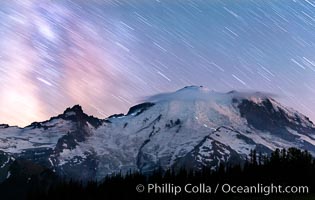
Moutain climbers light see upon Mount Rainier, Milky Way and stars at night above Mount Rainier.
Location: Sunrise, Mount Rainier National Park, Washington
Image ID: 28726
Location: Sunrise, Mount Rainier National Park, Washington
Image ID: 28726
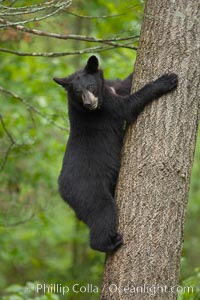
Black bear in a tree. Black bears are expert tree climbers and will ascend trees if they sense danger or the approach of larger bears, to seek a place to rest, or to get a view of their surroundings.
Species: American black bear, Ursus americanus
Location: Orr, Minnesota
Image ID: 18745
Species: American black bear, Ursus americanus
Location: Orr, Minnesota
Image ID: 18745
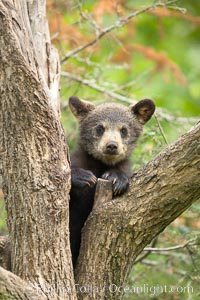
Black bear cub in a tree. Mother bears will often send their cubs up into the safety of a tree if larger bears (who might seek to injure the cubs) are nearby. Black bears have sharp claws and, in spite of their size, are expert tree climbers.
Species: American black bear, Ursus americanus
Location: Orr, Minnesota
Image ID: 18746
Species: American black bear, Ursus americanus
Location: Orr, Minnesota
Image ID: 18746
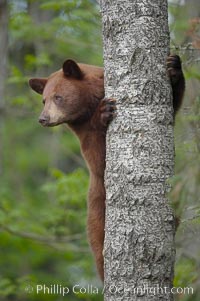
Black bear in a tree. Black bears are expert tree climbers and will ascend trees if they sense danger or the approach of larger bears, to seek a place to rest, or to get a view of their surroundings.
Species: American black bear, Ursus americanus
Location: Orr, Minnesota
Image ID: 18747
Species: American black bear, Ursus americanus
Location: Orr, Minnesota
Image ID: 18747
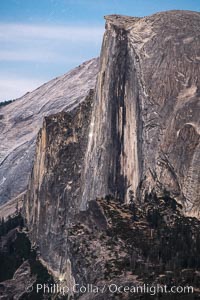
Climbers' lights visible at dusk on Half Dome, Yosemite National Park.
Location: Yosemite National Park, California
Image ID: 36385
Location: Yosemite National Park, California
Image ID: 36385
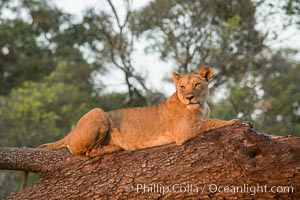
Lion in a tree, Maasai Mara National Reserve, Kenya.
Species: African lion, Panthera leo
Location: Maasai Mara National Reserve, Kenya
Image ID: 29870
Species: African lion, Panthera leo
Location: Maasai Mara National Reserve, Kenya
Image ID: 29870
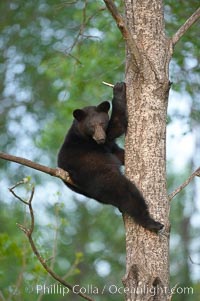
Black bear in a tree. Black bears are expert tree climbers and will ascend trees if they sense danger or the approach of larger bears, to seek a place to rest, or to get a view of their surroundings.
Species: American black bear, Ursus americanus
Location: Orr, Minnesota
Image ID: 18762
Species: American black bear, Ursus americanus
Location: Orr, Minnesota
Image ID: 18762
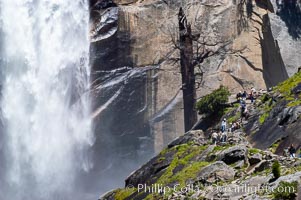
Hikers climb the Mist Trail (at right) through Little Yosemite Valley, approaching Vernal Falls. Spring.
Location: Vernal Falls, Yosemite National Park, California
Image ID: 09200
Location: Vernal Falls, Yosemite National Park, California
Image ID: 09200
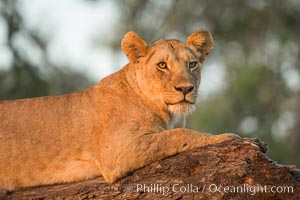
Lion in a tree in warm light at sunrise, Maasai Mara National Reserve, Kenya.
Species: African lion, Panthera leo
Location: Maasai Mara National Reserve, Kenya
Image ID: 29872
Species: African lion, Panthera leo
Location: Maasai Mara National Reserve, Kenya
Image ID: 29872
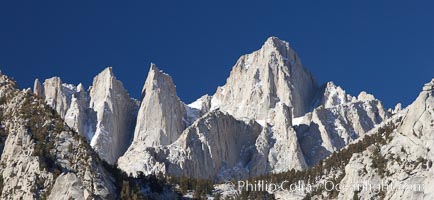
Mt. Whitney is the highest point in the contiguous United States with an elevation of 14,505 feet (4,421 m). It lies along the crest of the Sierra Nevada mountain range. Composed of the Sierra Nevada batholith granite formation, its eastern side (seen here) is quite steep. It is climbed by hundreds of hikers each year.
Image ID: 21761
Panorama dimensions: 2298 x 4990
Image ID: 21761
Panorama dimensions: 2298 x 4990
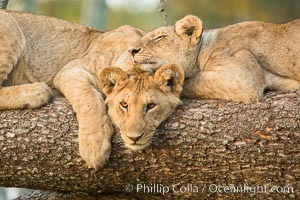
Lions in a tree, Maasai Mara National Reserve, Kenya.
Species: African lion, Panthera leo
Location: Maasai Mara National Reserve, Kenya
Image ID: 29878
Species: African lion, Panthera leo
Location: Maasai Mara National Reserve, Kenya
Image ID: 29878
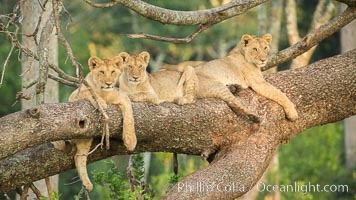
Lions in a tree, Maasai Mara National Reserve, Kenya.
Species: African lion, Panthera leo
Location: Maasai Mara National Reserve, Kenya
Image ID: 29882
Species: African lion, Panthera leo
Location: Maasai Mara National Reserve, Kenya
Image ID: 29882
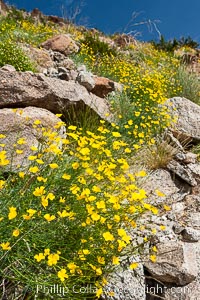
Clusters of desert poppy climb the steep sides of the Borrego Valley. Heavy winter rains led to a historic springtime bloom in 2005, carpeting the entire desert in vegetation and color for months.
Species: Desert poppy, Eschscholzia parishii
Location: Anza-Borrego Desert State Park, Borrego Springs, California
Image ID: 10945
Species: Desert poppy, Eschscholzia parishii
Location: Anza-Borrego Desert State Park, Borrego Springs, California
Image ID: 10945
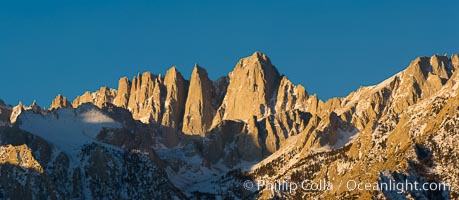
Mt. Whitney is the highest point in the contiguous United States with an elevation of 14,505 feet (4,421 m). It lies along the crest of the Sierra Nevada mountain range. Composed of the Sierra Nevada batholith granite formation, its eastern side (seen here) is quite steep. It is climbed by hundreds of hikers each year.
Location: Alabama Hills Recreational Area, California
Image ID: 27653
Panorama dimensions: 4959 x 11372
Location: Alabama Hills Recreational Area, California
Image ID: 27653
Panorama dimensions: 4959 x 11372
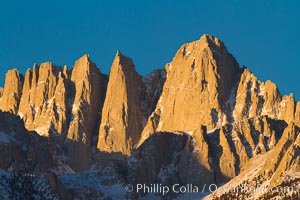
Mt. Whitney is the highest point in the contiguous United States with an elevation of 14,505 feet (4,421 m). It lies along the crest of the Sierra Nevada mountain range. Composed of the Sierra Nevada batholith granite formation, its eastern side (seen here) is quite steep. It is climbed by hundreds of hikers each year.
Location: Alabama Hills Recreational Area, California
Image ID: 27654
Location: Alabama Hills Recreational Area, California
Image ID: 27654
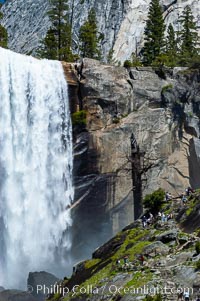
Hikers climb the Mist Trail (at right) through Little Yosemite Valley, approaching Vernal Falls. Spring.
Location: Vernal Falls, Yosemite National Park, California
Image ID: 09201
Location: Vernal Falls, Yosemite National Park, California
Image ID: 09201
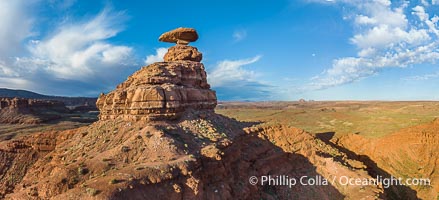
Aerial Photo of Mexican Hat Rock, Utah. The capstone of Mexican Hat Rock is 60 feet wide by 12 feet high and has two climbing routes.
Location: Mexican Hat, Utah
Image ID: 39491
Location: Mexican Hat, Utah
Image ID: 39491
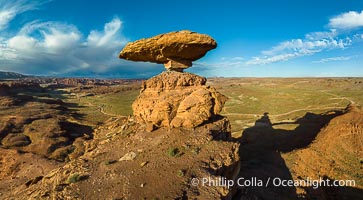
Aerial Photo of Mexican Hat Rock, Utah. The capstone of Mexican Hat Rock is 60 feet wide by 12 feet high and has two climbing routes.
Location: Mexican Hat, Utah
Image ID: 39492
Panorama dimensions: 4916 x 8923
Location: Mexican Hat, Utah
Image ID: 39492
Panorama dimensions: 4916 x 8923
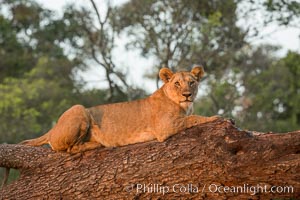
Lion in a tree, Maasai Mara National Reserve, Kenya.
Species: African lion, Panthera leo
Location: Maasai Mara National Reserve, Kenya
Image ID: 29871
Species: African lion, Panthera leo
Location: Maasai Mara National Reserve, Kenya
Image ID: 29871
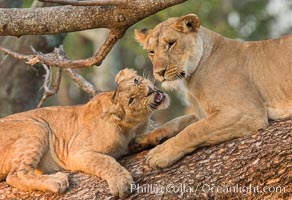
Lions in a tree, Maasai Mara National Reserve, Kenya.
Species: African lion, Panthera leo
Location: Maasai Mara National Reserve, Kenya
Image ID: 29873
Species: African lion, Panthera leo
Location: Maasai Mara National Reserve, Kenya
Image ID: 29873
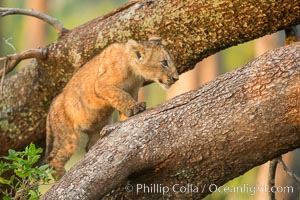
Lion cub in a tree, Maasai Mara National Reserve, Kenya.
Species: African lion, Panthera leo
Location: Maasai Mara National Reserve, Kenya
Image ID: 29874
Species: African lion, Panthera leo
Location: Maasai Mara National Reserve, Kenya
Image ID: 29874
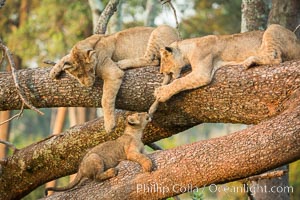
Lions in a tree, Maasai Mara National Reserve, Kenya.
Species: African lion, Panthera leo
Location: Maasai Mara National Reserve, Kenya
Image ID: 29875
Species: African lion, Panthera leo
Location: Maasai Mara National Reserve, Kenya
Image ID: 29875
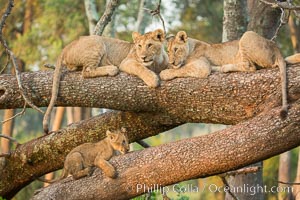
Lions in a tree, Maasai Mara National Reserve, Kenya.
Species: African lion, Panthera leo
Location: Maasai Mara National Reserve, Kenya
Image ID: 29876
Species: African lion, Panthera leo
Location: Maasai Mara National Reserve, Kenya
Image ID: 29876
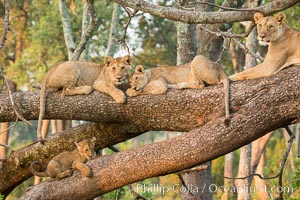
Lions in a tree, Maasai Mara National Reserve, Kenya.
Species: African lion, Panthera leo
Location: Maasai Mara National Reserve, Kenya
Image ID: 29877
Species: African lion, Panthera leo
Location: Maasai Mara National Reserve, Kenya
Image ID: 29877
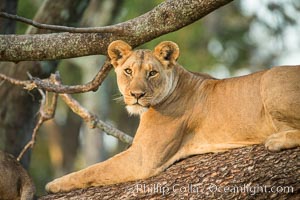
Lion in a tree, Maasai Mara National Reserve, Kenya.
Species: African lion, Panthera leo
Location: Maasai Mara National Reserve, Kenya
Image ID: 29879
Species: African lion, Panthera leo
Location: Maasai Mara National Reserve, Kenya
Image ID: 29879
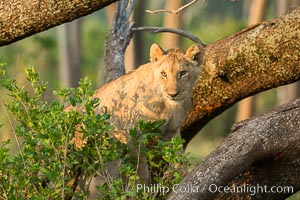
Lion in a tree, Maasai Mara National Reserve, Kenya.
Species: African lion, Panthera leo
Location: Maasai Mara National Reserve, Kenya
Image ID: 29880
Species: African lion, Panthera leo
Location: Maasai Mara National Reserve, Kenya
Image ID: 29880
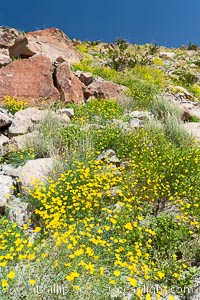
Clusters of desert poppy climb the steep sides of the Borrego Valley. Heavy winter rains led to a historic springtime bloom in 2005, carpeting the entire desert in vegetation and color for months.
Species: Desert poppy, Eschscholzia parishii
Location: Anza-Borrego Desert State Park, Borrego Springs, California
Image ID: 10943
Species: Desert poppy, Eschscholzia parishii
Location: Anza-Borrego Desert State Park, Borrego Springs, California
Image ID: 10943
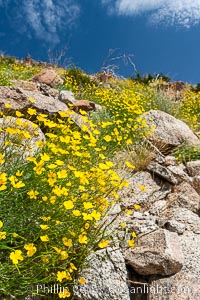
Clusters of desert poppy climb the steep sides of the Borrego Valley. Heavy winter rains led to a historic springtime bloom in 2005, carpeting the entire desert in vegetation and color for months.
Species: Desert poppy, Eschscholzia parishii
Location: Anza-Borrego Desert State Park, Borrego Springs, California
Image ID: 10944
Species: Desert poppy, Eschscholzia parishii
Location: Anza-Borrego Desert State Park, Borrego Springs, California
Image ID: 10944
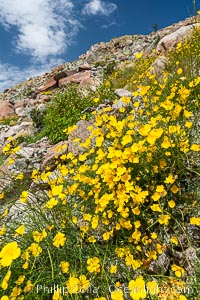
Clusters of desert poppy climb the steep sides of the Borrego Valley. Heavy winter rains led to a historic springtime bloom in 2005, carpeting the entire desert in vegetation and color for months.
Species: Desert poppy, Eschscholzia parishii
Location: Anza-Borrego Desert State Park, Borrego Springs, California
Image ID: 10946
Species: Desert poppy, Eschscholzia parishii
Location: Anza-Borrego Desert State Park, Borrego Springs, California
Image ID: 10946
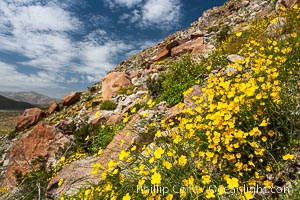
Clusters of desert poppy climb the steep sides of the Borrego Valley. Heavy winter rains led to a historic springtime bloom in 2005, carpeting the entire desert in vegetation and color for months.
Species: Desert poppy, Eschscholzia parishii
Location: Anza-Borrego Desert State Park, Borrego Springs, California
Image ID: 10947
Species: Desert poppy, Eschscholzia parishii
Location: Anza-Borrego Desert State Park, Borrego Springs, California
Image ID: 10947